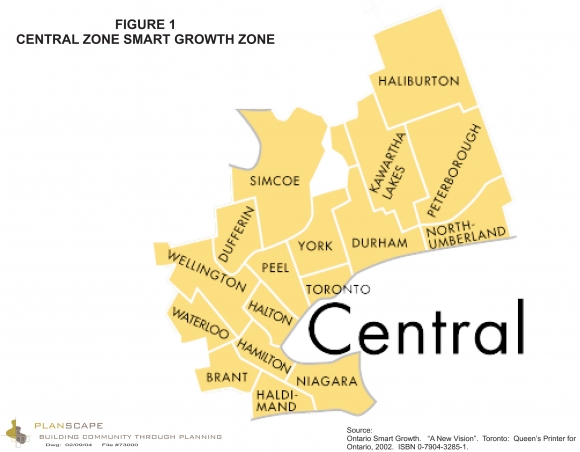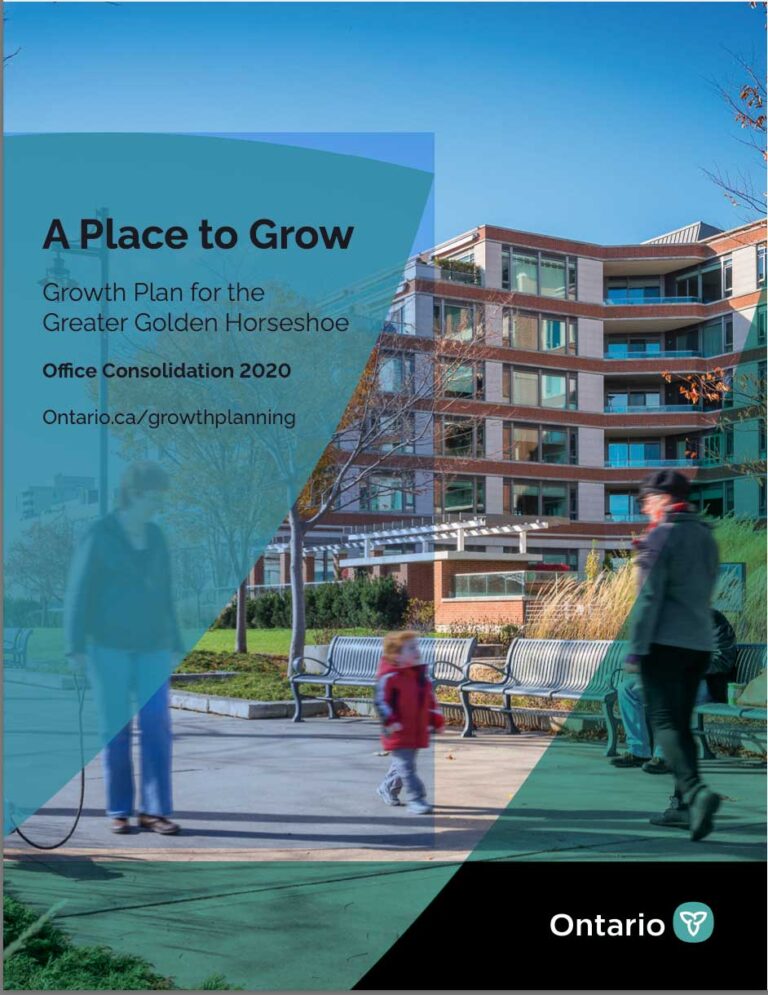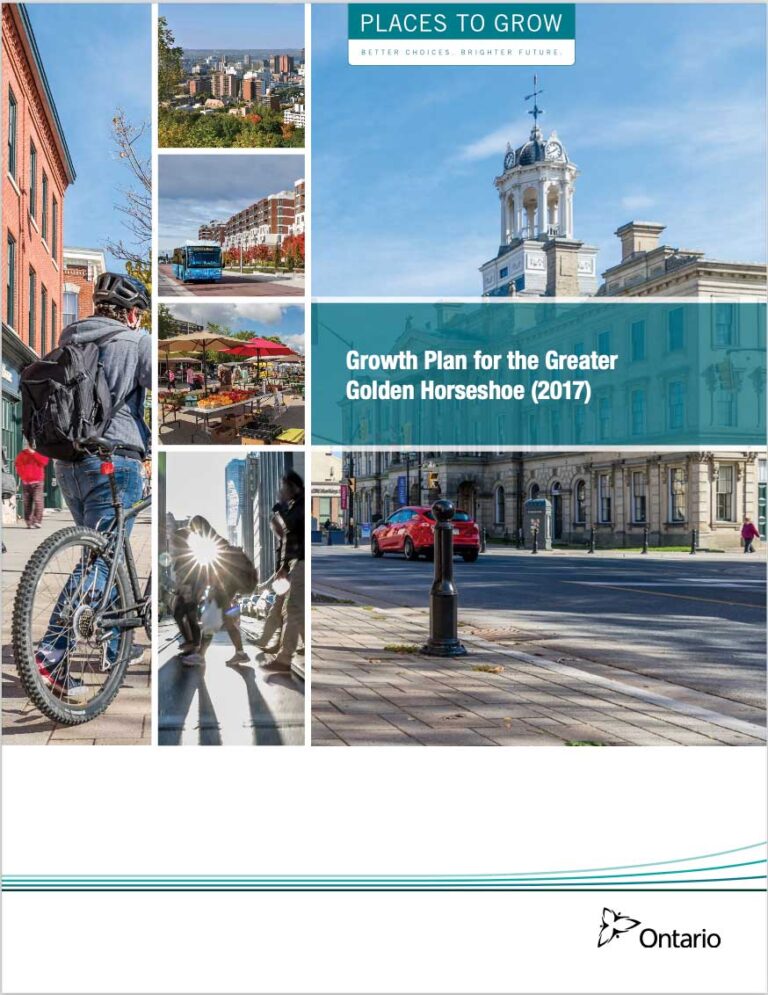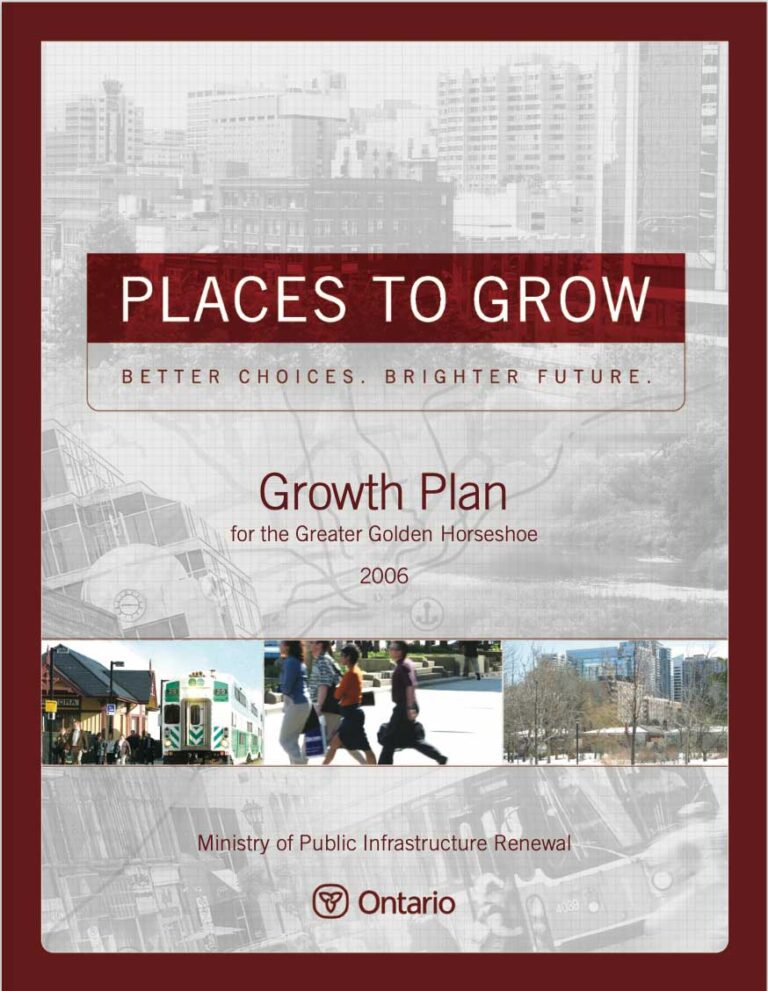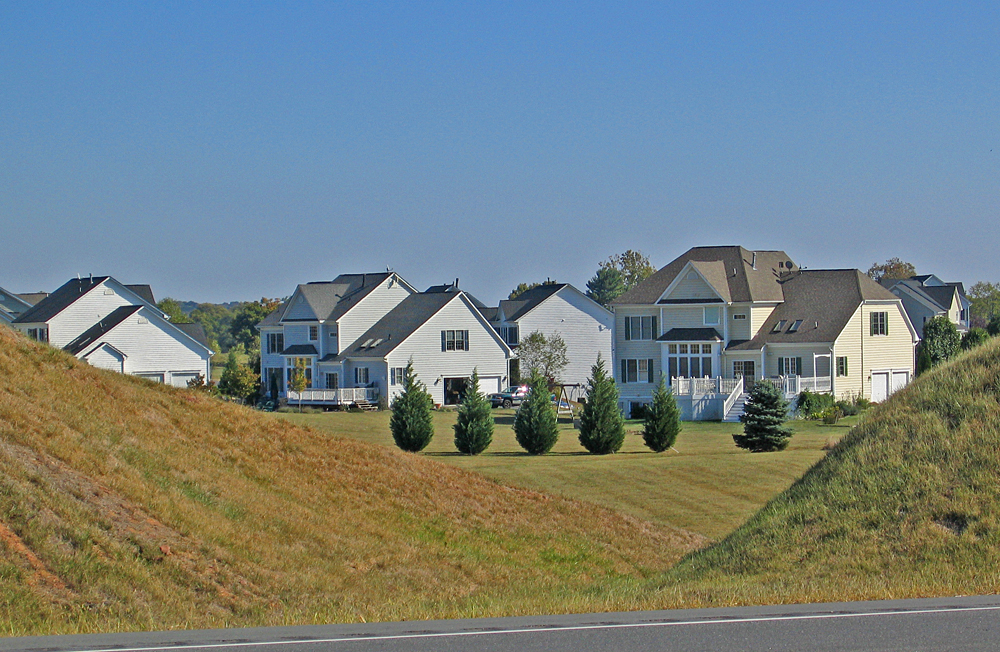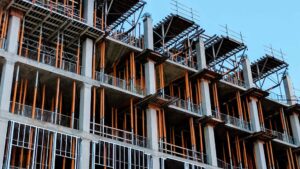
Issue Brief: The Nottawasaga Watershed
The Nottawasaga watershed, due to its natural fragility and its proximity to development pressure, is a crucial area to watch in the coming decade. The absence of a cohesive plan for the region, predicated on a recognition of its vulnerability and the need to proactively identify and protect key areas, is akin to rolling the dice with regard to whether we will have a healthy and viable ecosystem in the future.

